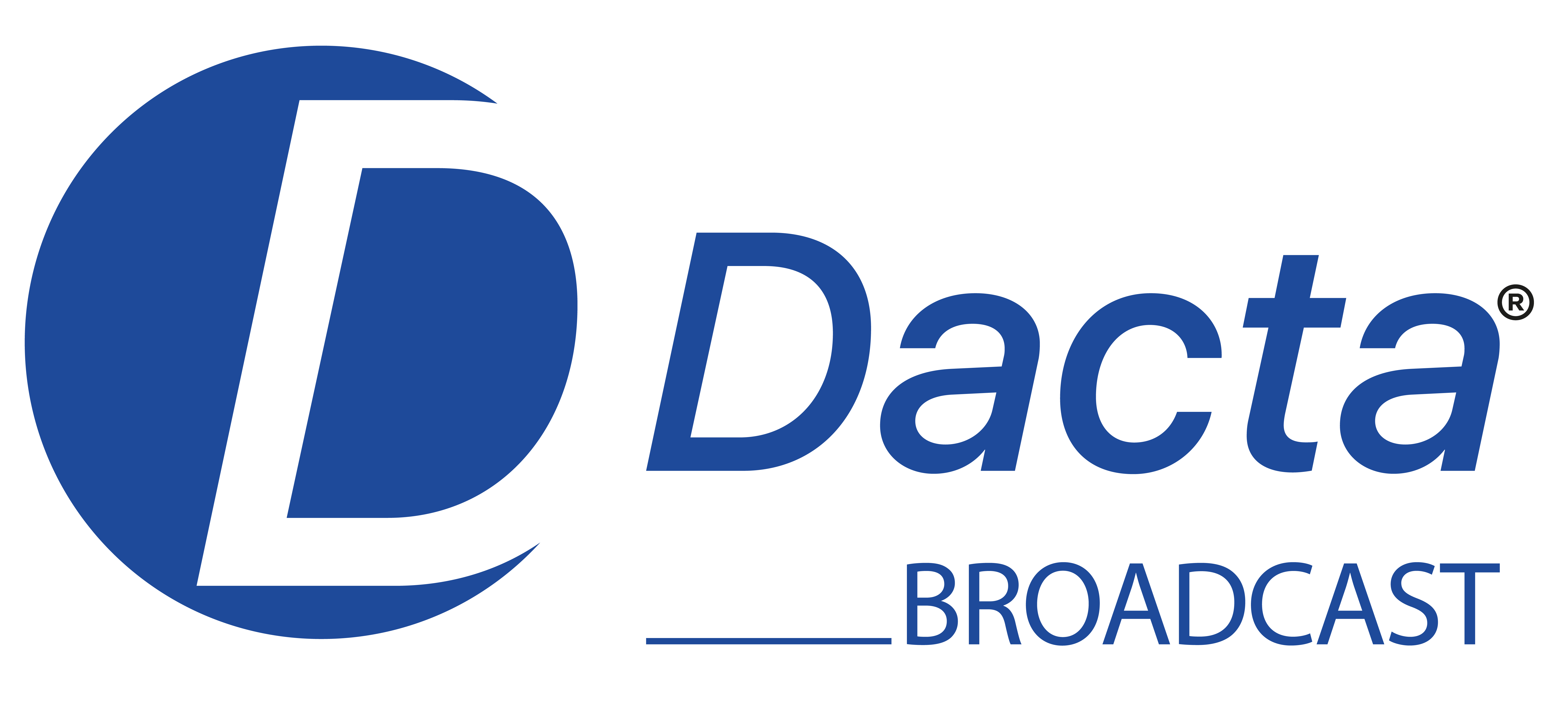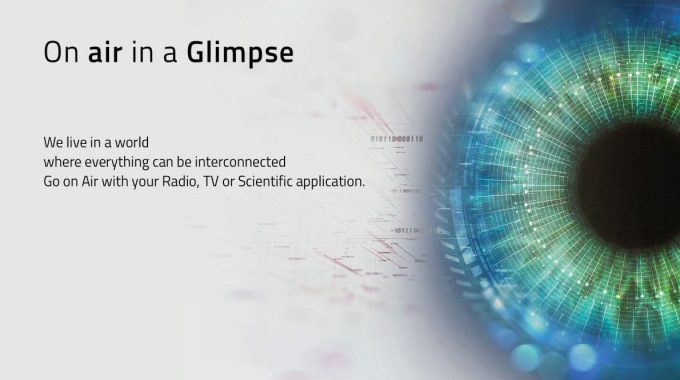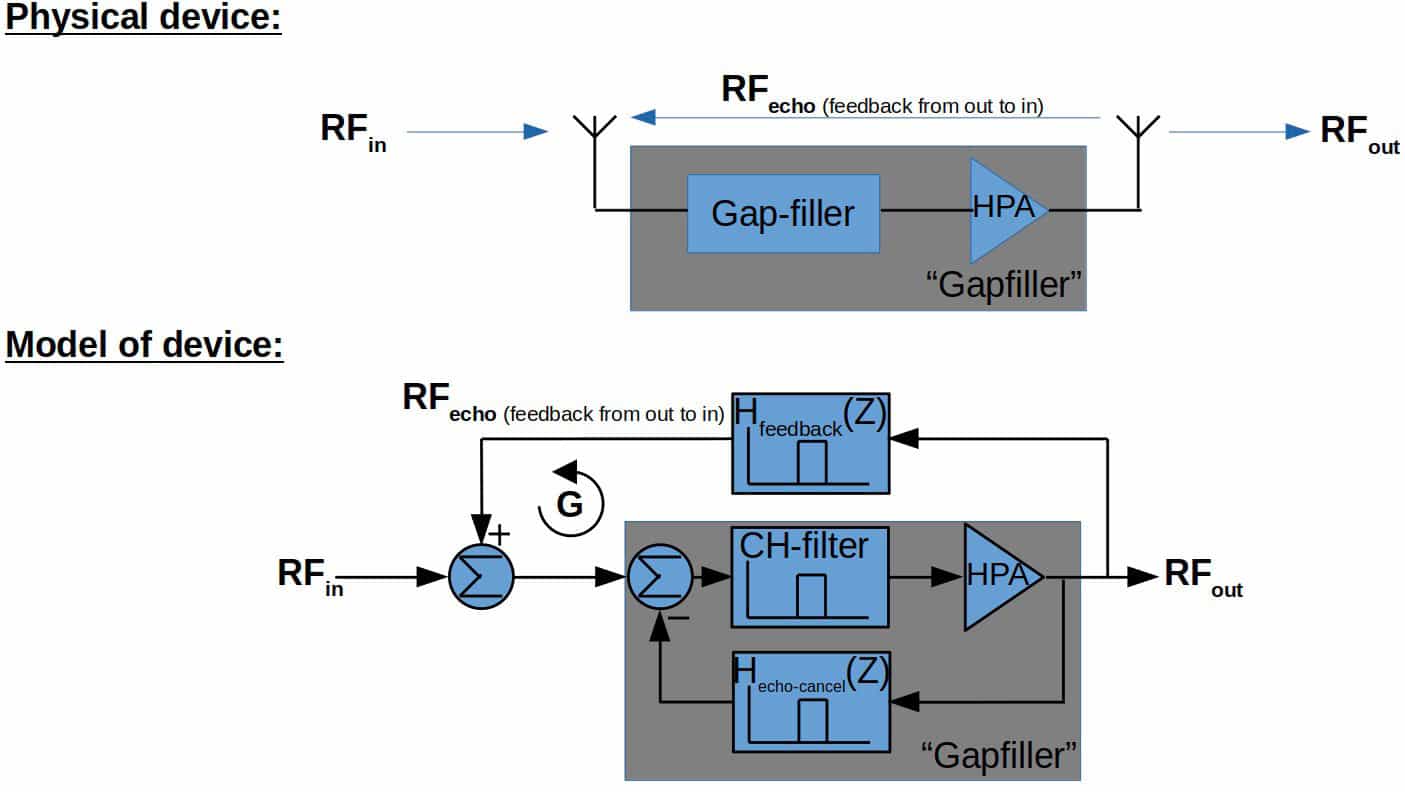Elenos On-Channel Repeater, Gapfiller technology
On channel repeaters, gapfillers represent a cost-efficient alternative to lower power transmission sites. The gapfiller receives an off-air signal (RFin) which is signal-conditioned and re-transmitted at higher power on channel (RFout) thus increasing the coverage without carrying the site cost of distribution, clock reference etc.
Traditionally, gapfillers are regarded as notoriously demanding to employ – the reason for this being that isolation is required between receiving- and transmitting- antennas in order to prevent radiation from the output back into the input. This isolation is typically obtained by directivity of antennas alternatively by ”natural” isolation – e.g. receiving- and transmitting- antenna mounted on different sides of a high-riser building.
The amount of power that can be transmitted and hence the obtainable coverage is determined by the achieved antenna isolation for a given site. If the feedback signal from the transmitting antenna back into the receiving antenna becomes equal to- or higher- in power than the signal received for re-transmission (RFin), the system becomes unstable in the classical Nyquist sense (round-going gain (G) larger than 1, negative gain-margin). This is the classical upper criterion for the theoretical limit-case of the maximum power that can be transmitted – the quality of the transmitted signal suffer to a degree of being useless at a significant lower transmitted power level however.
Due to the limitations described in the previous paragraph, traditional gapfillers have a reputation of being difficult to install and operate and the obtainable increase in coverage is limited. As a consequence of this, the deployment of gapfillers is rather limited compared to the benefits they theoretically cater for.
STATE OF THE ART DIGITAL TECHNOLOGY LEAD TO A NEW ERA FOR GAPFILLERS
Elenos Group’s gapfiller products utilizing advanced digital signal processing and real-time digital echo cancellation technology provide a fundamental solution to the classical gapfiller challenges.
This technology, representing a more than 50 man-year development effort, provides for a virtual improvement in antenna isolation at any site where it is deployed. Thus allowing for less complicated site installation, higher transmitted power and better coverage. Furthermore, the quality of the transmitted signal exhibits excellent signal integrity with substantially less input- output- degradation than what can be achieved by analog implementations.
The gapfiller products are compliant with DVB-T, DVB-T2, ATSC (8vsb), ATSC-3 and ISDB-T networks (both MFN and SFN).
In order to understand how the digital signal processing has paved the way for offering such a fundamental improvement to the gapfiller challenge, it is relevant to provide a functional description – kindly observe the “Model of device”:
In the “Model of device” illustration, the input antenna of the “Physical device” has been replaced by a summation node representing the total signal entering the input of the gapfiller. This signal is the superposition of the wanted off-air input signal (RFin) for amplification and re-transmission and an unwanted contribution from the gapfiller’s own transmission antenna (Rfecho). The unwanted contribution stemming from the transmission antenna, through the physical medium (the channel, Hfeedback(Z)) back into the receiving antenna is called the echo because it arrives at the receiving antenna a little later than the wanted input signal – this due to the latency of the gapfiller together with the propagation time in the channel.
Internal to the gapfiller another (digital) feedback signal path is established. This signal path (Hecho-cancel(Z)) is fed by a signal identical to that of the transmitting antenna (through a directional coupler) and brought to an, internal to the gapfiller, summing node in opposite phase to the real, physical feedback signal (Rfecho).
It is evident that, in case the two feedback signals should be identical, summing one in positive- and the other in negative- phase; these two signals would cancel one-another and hence, the negative effects of the unwanted echo feedback signal would be eliminated yielding a perfect gapfiller.
This is exactly what the algorithms of the digital signal processing strive to do: The Hecho- cancel(Z) is in fact a digital filter with complex-valued coefficients. The coefficients of this filter is continuously calculated and updated in such a manner that the transfer characteristics of this filter assembles that of the real, physical channel from the transmitting- to the receiving- antenna. These calculations are by no means trivial and the precision- and rate- of the implementation is very critical for the performance (tracking dynamic conditions in real-time like, leaves on trees swaying in the wind, rain, snow, disturbances by busses/airplanes(ski-lifts etc., antennas swaying/rotating in the wind,….).
To an engineer of mostly analog background, this is really quite a feat – imagine how “nervous” a traditional analog feedback-loop with a negative gain-marging of 10-15 dB would be! – such a beast can only be tamed by dedicated digital signal processing and clever mathematics; it is simple not possible to make it stable with analog techniques.
As a concluding remark, the application of digital signal processing techniques in the field of gapfillers has provided for a leap in usefulness of gapfillers – finally delivering on the theoretical advantages and cost savings that the concept provides.
The troubled reputation of the traditional, analog gapfiller has been put to shame and the advantages provided by Elenos’ digital implemetation with echo cancellation is the prove of this.







